Shanghai Astronomy Museum
Ennead Architects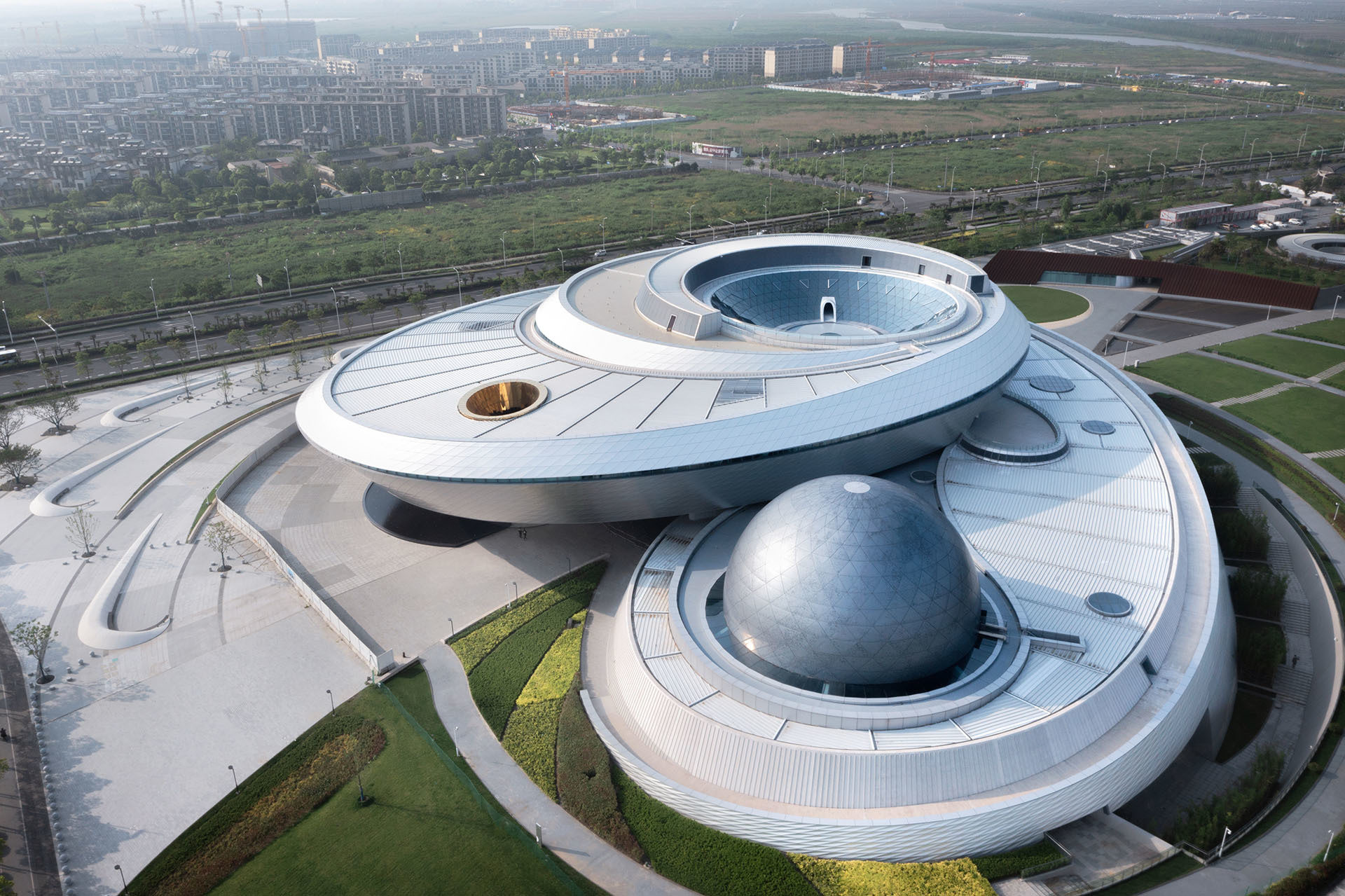
Shanghai Astronomy Museum, heightening the public's consciousness of the universe and our place in it, while reinforcing a sense of wonder at the constantly expanding cosmos.

The Shanghai Astronomy Museum aims to heighten visitor’s consciousness of the universe and our place in it, as well as to reinforce our wonder at the continually expanding cosmos that will forever remain beyond our grasp. We designed the museum, in part, as an astrological instrument whose mission is to enhance public scientific literacy, popularize astronomical knowledge, disseminate scientific concepts. Our most important goal is to catalyze public interest in exploring the universe and the unknown world.
Orbital motion, as an astrological phenomenon, serves as the conceptual foundation for the project. We anchored the building organization around three celestial moments, the oculus, planetarium sphere, and inverted dome. The organization of these three elements on the site generates the orbital motion of bodies in space that inform the formal composition of the museum. In addition to being the generator of the building form and organization, these three elements create distinct solar moments where form and light intertwine. On the solstices, sunlight casts perfect rings on the building interior and plaza -creating unique experiences in the museum explicitly linked to time and space.
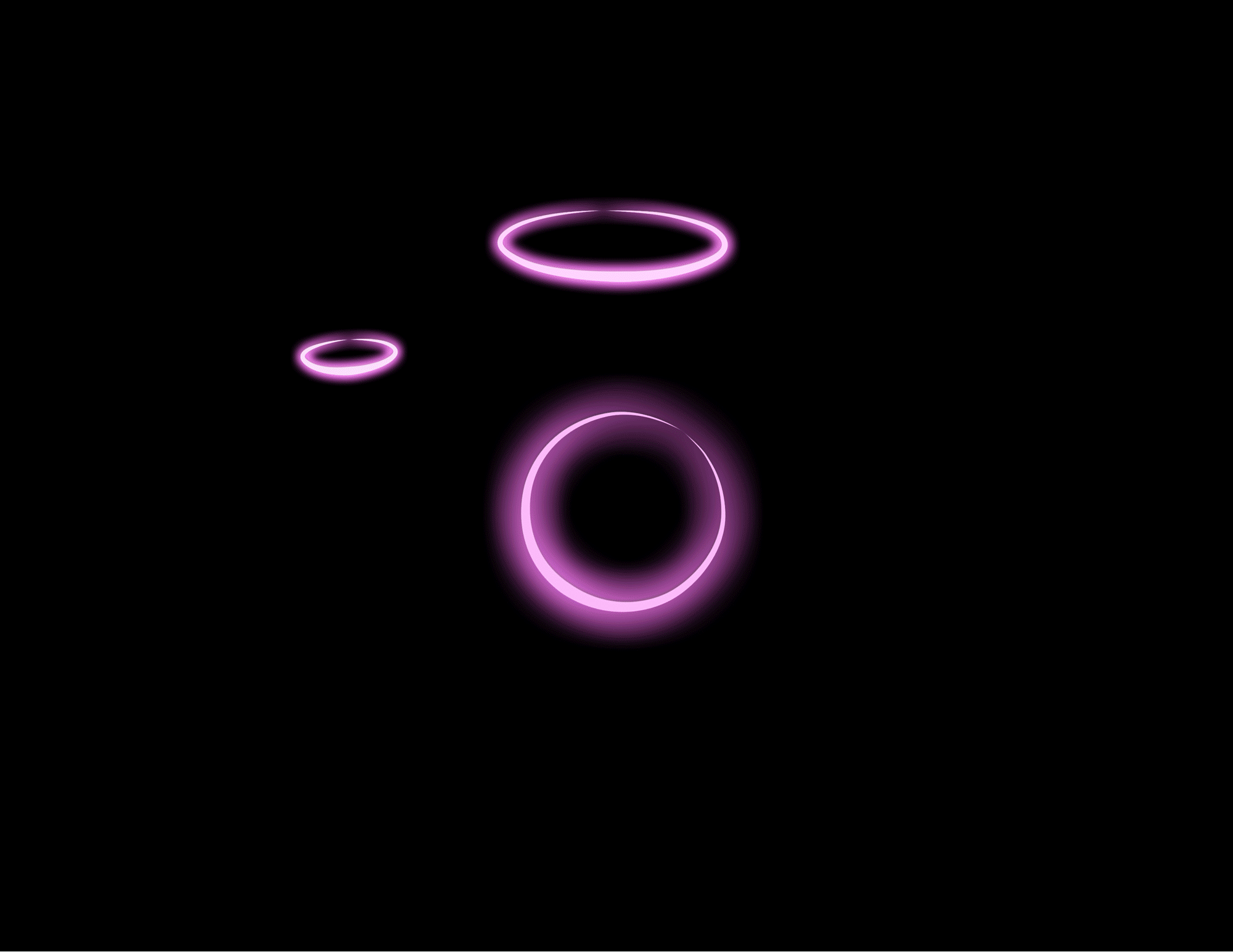
Fluid orbital motion defines the formal characteristics of the building envelope, which consists of a series of “ribbons.” The exterior ribbon features a folded plate aluminum facade. The inner ribbon is a cast-in-place concrete system. Between the two systems, visitors ascend a ramp, carrying museum-goers from the plaza to a platform above the inverted dome.
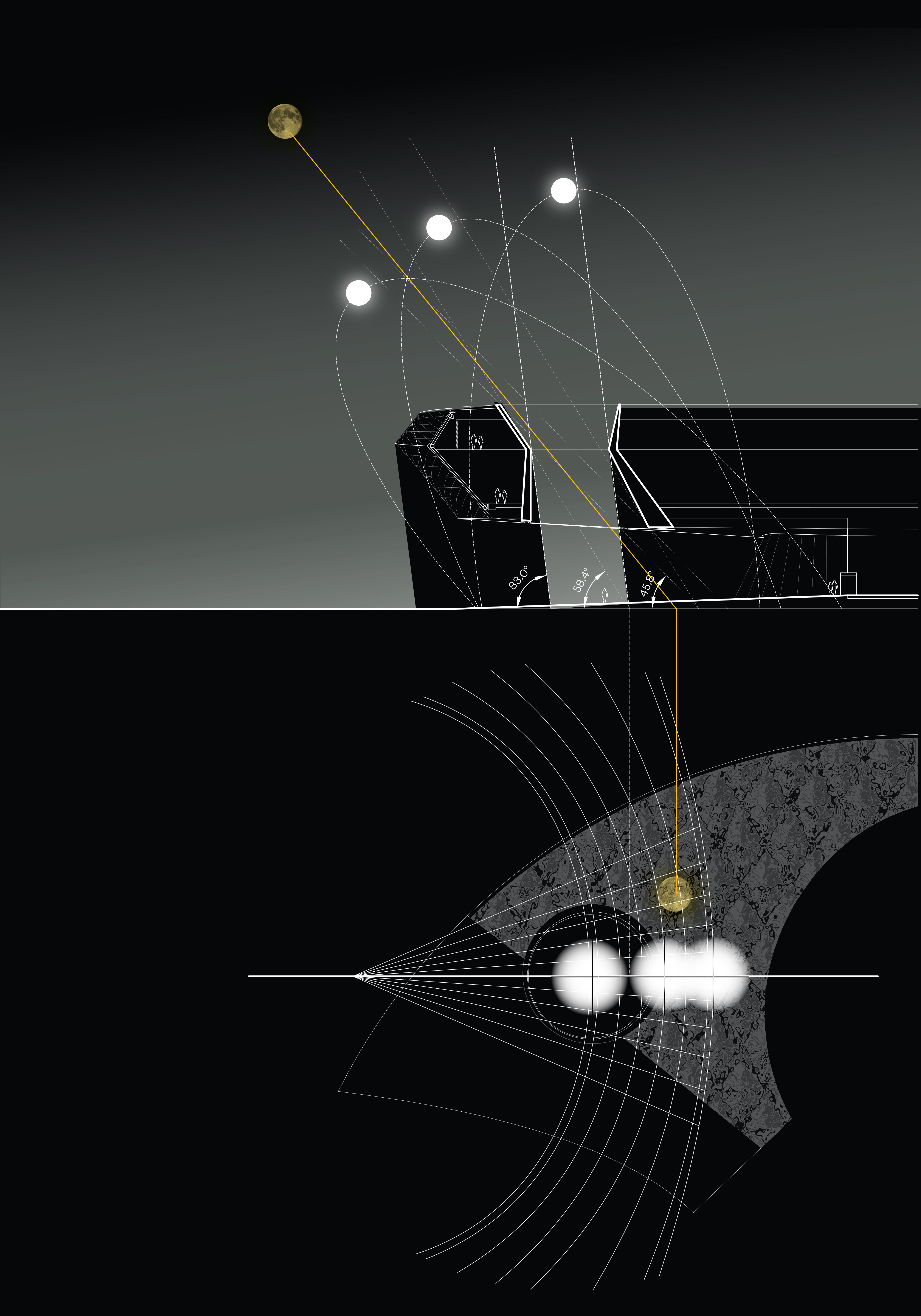
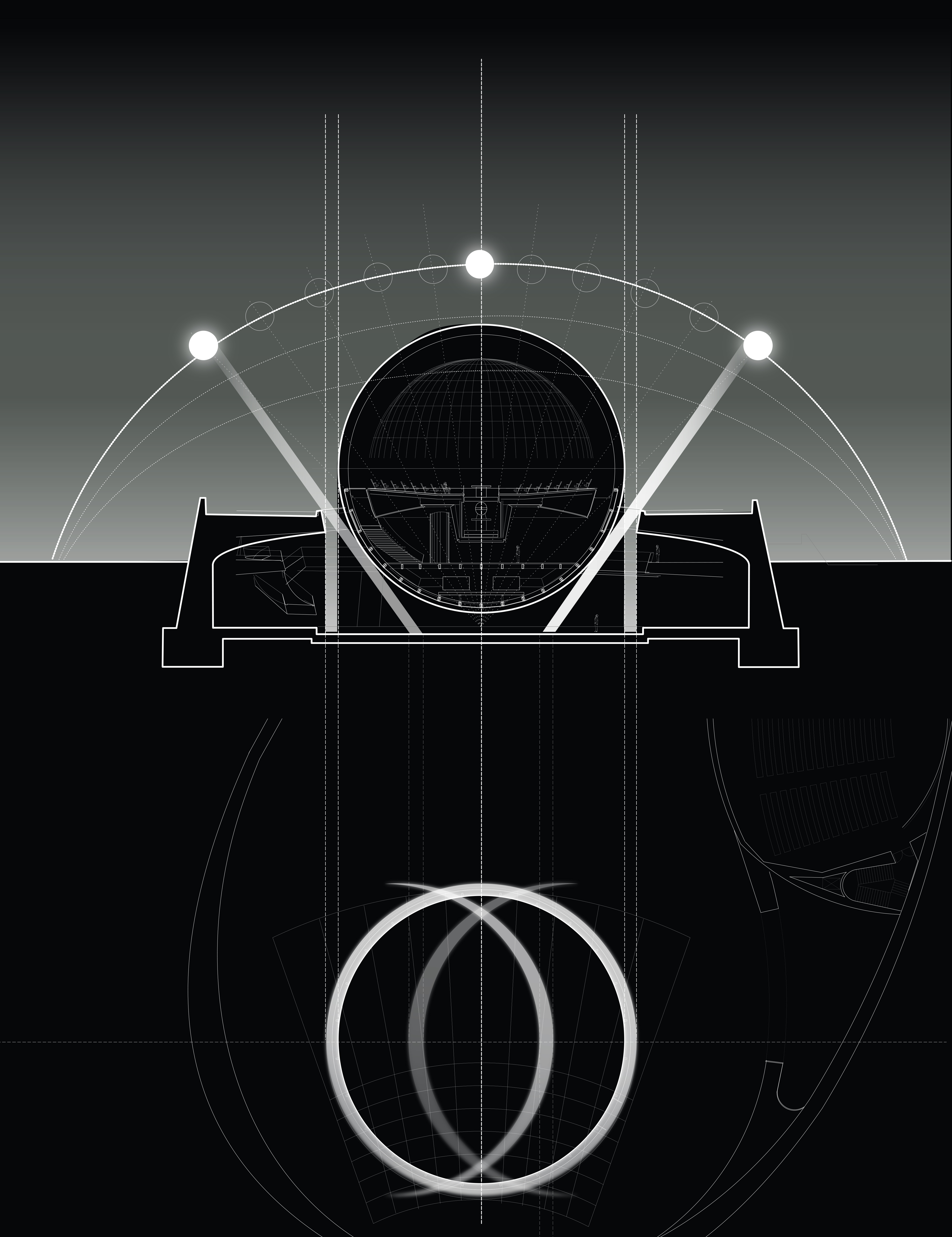
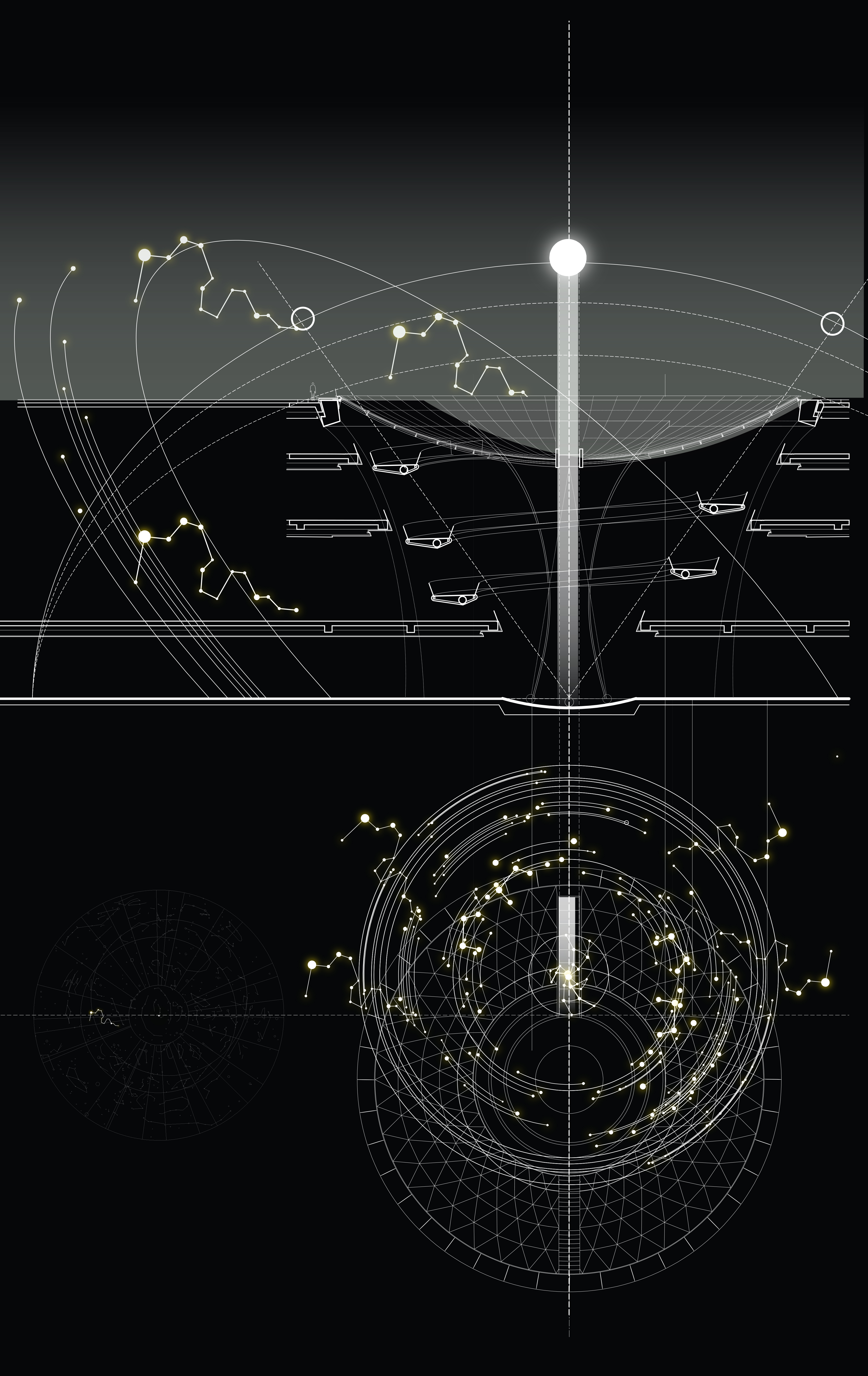
We designed the three defining elements of the museum to cast rings of light on the building interior and plaza during solstice events.
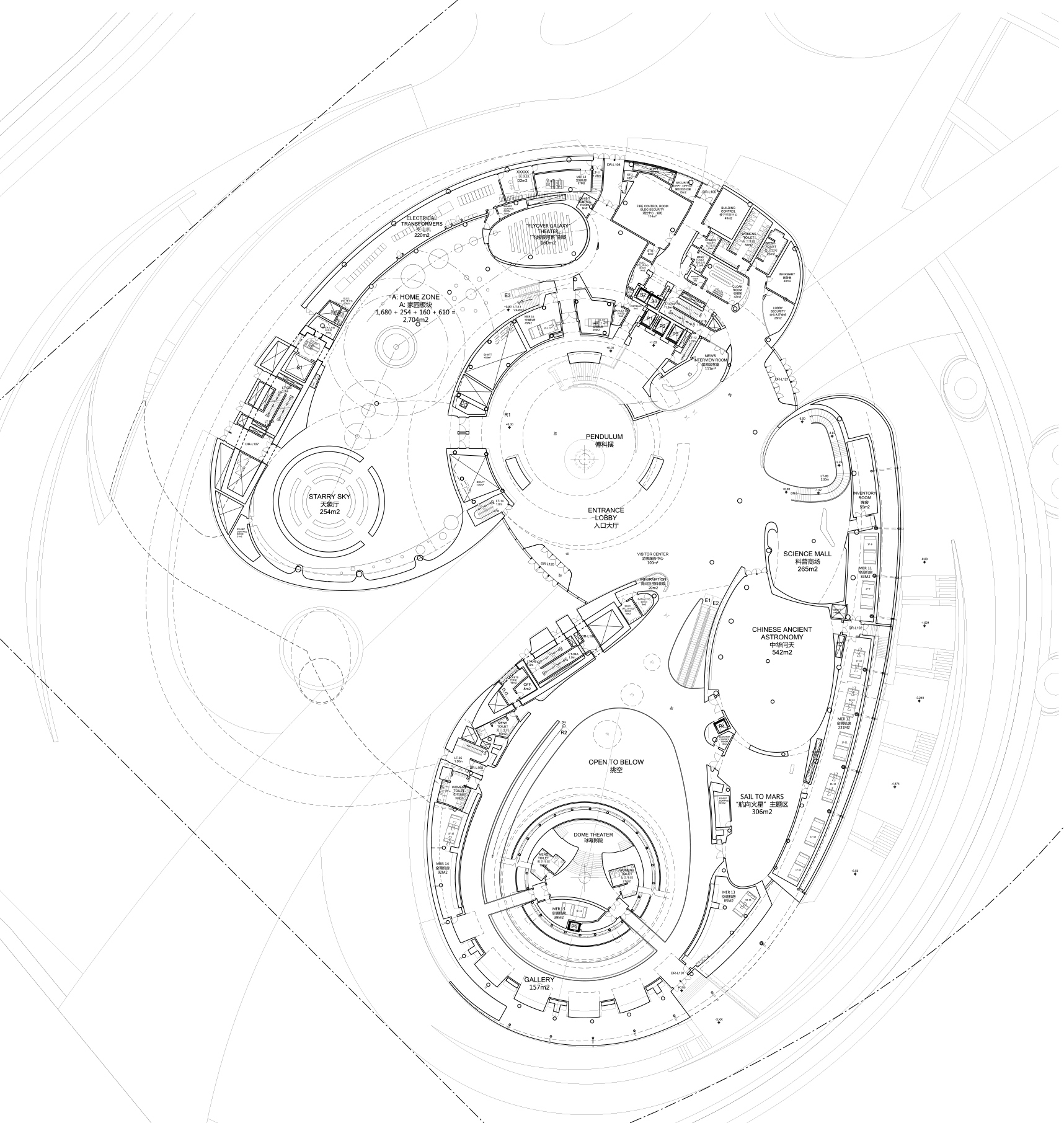
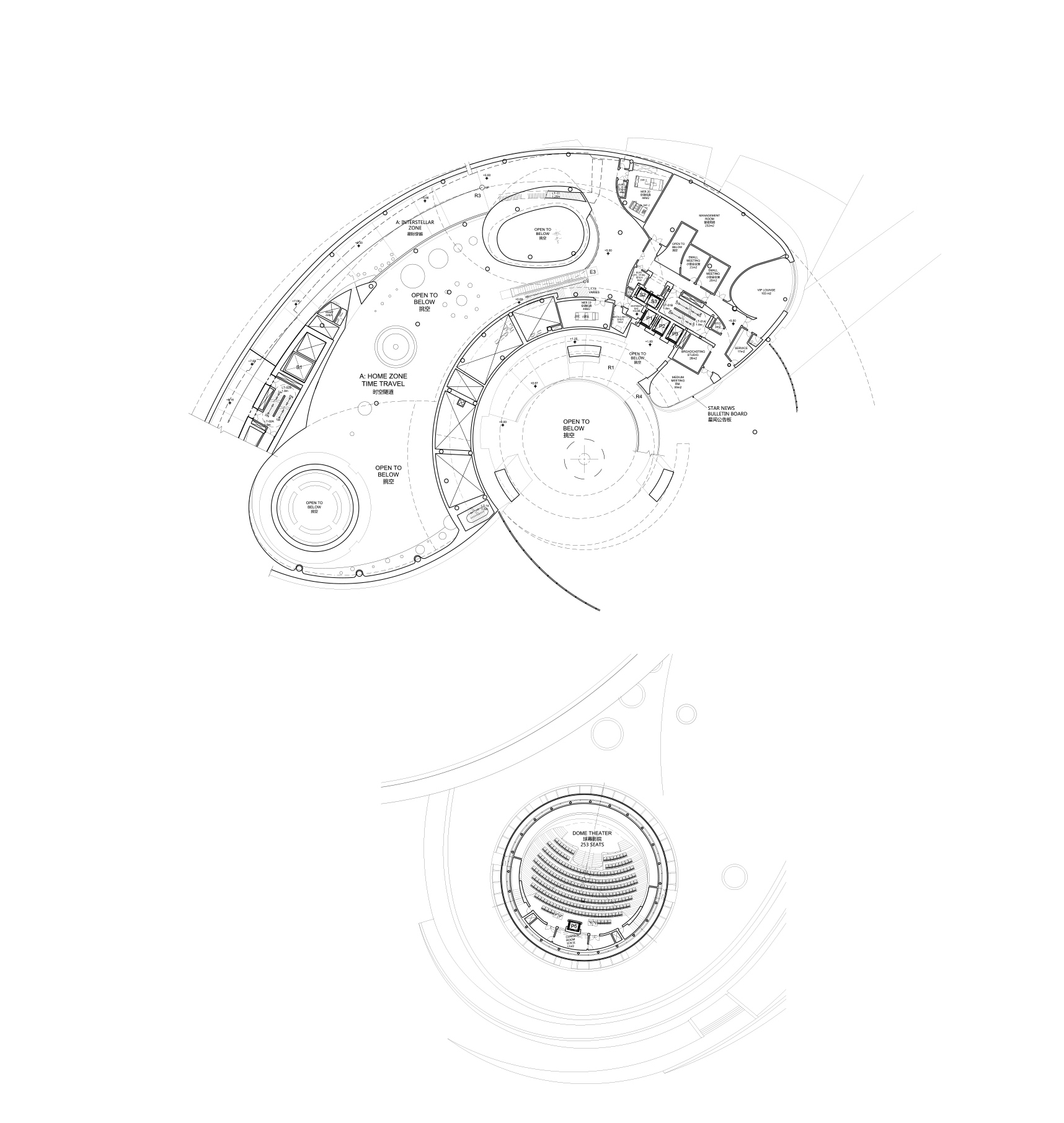

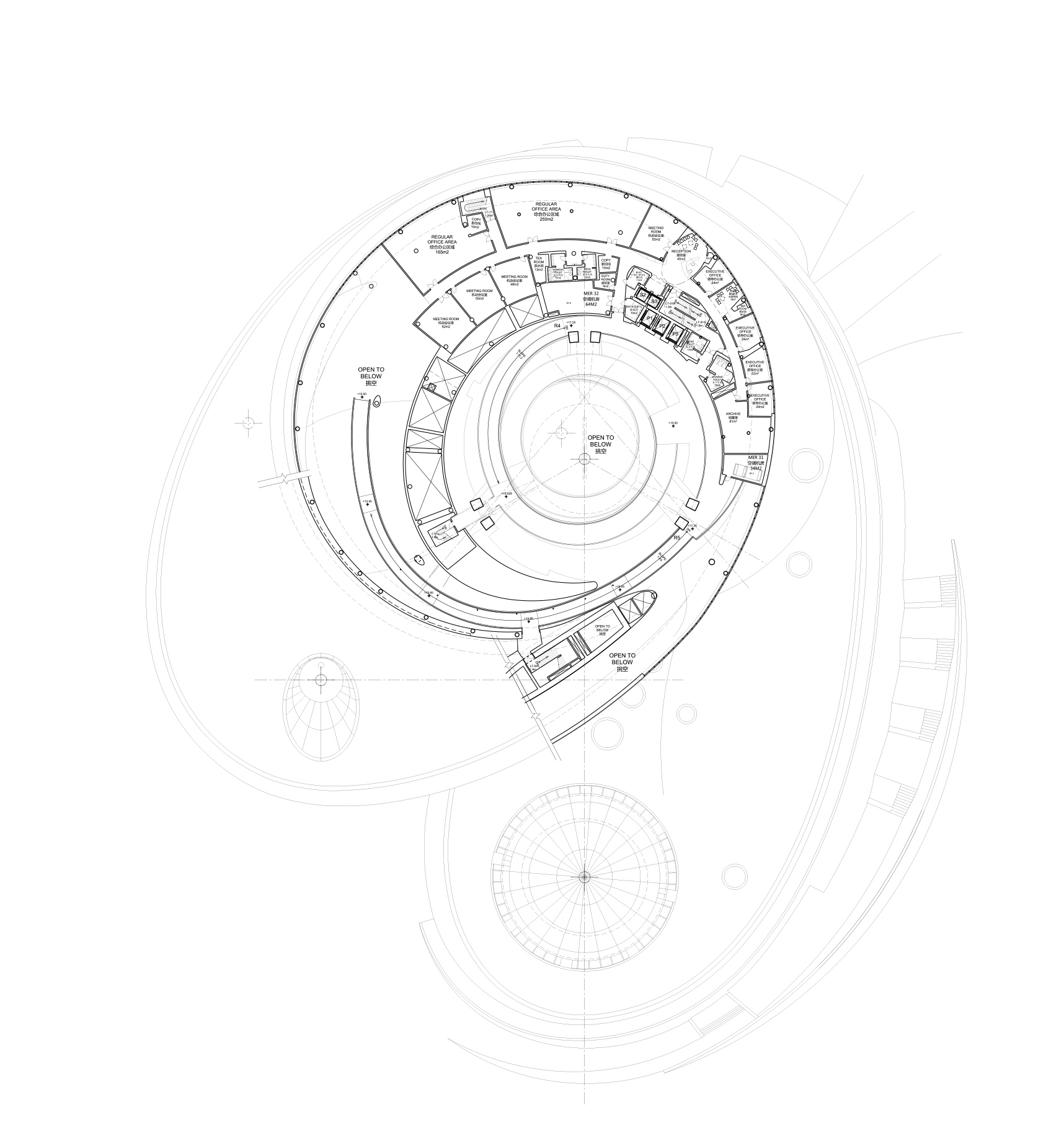
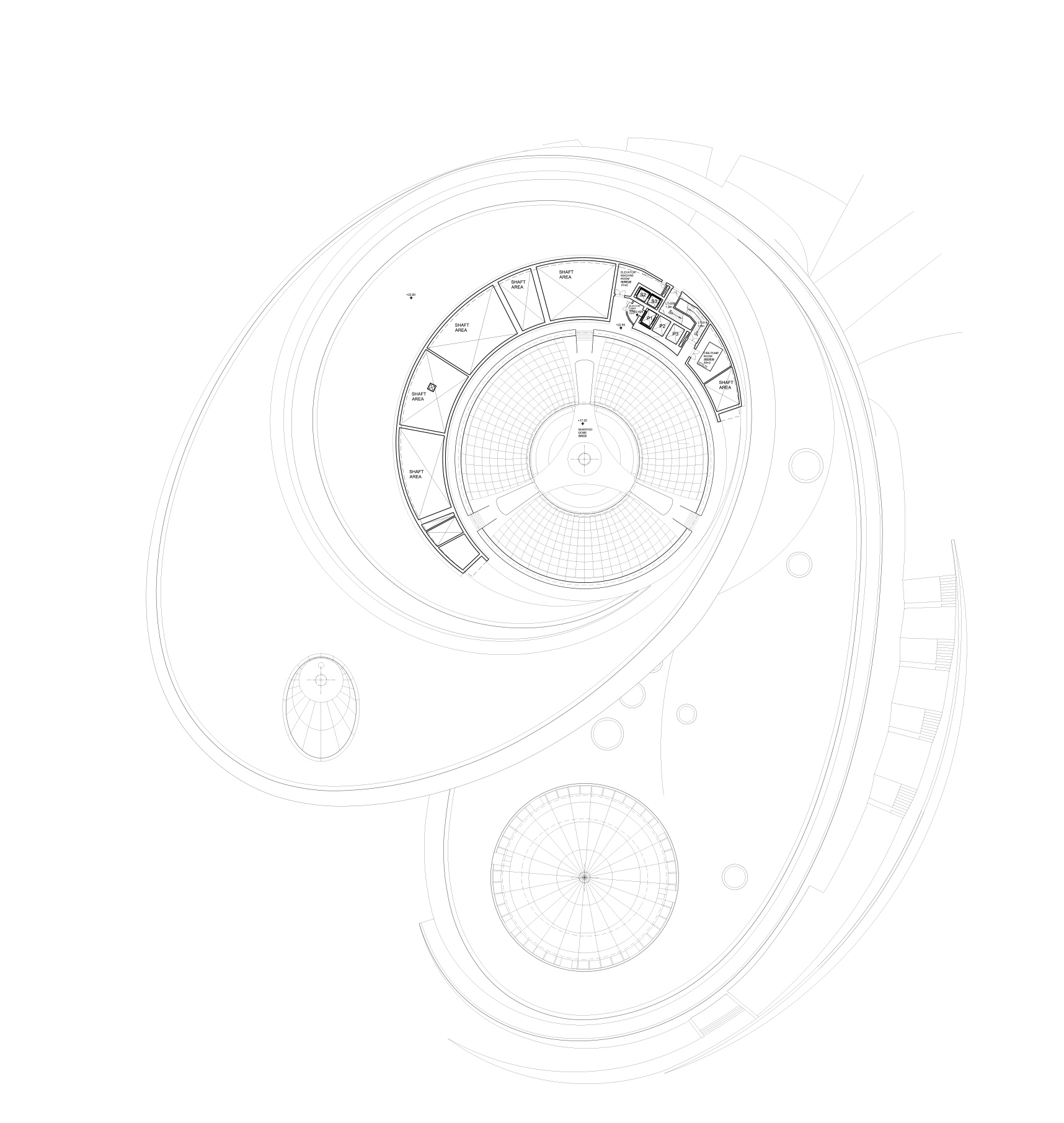
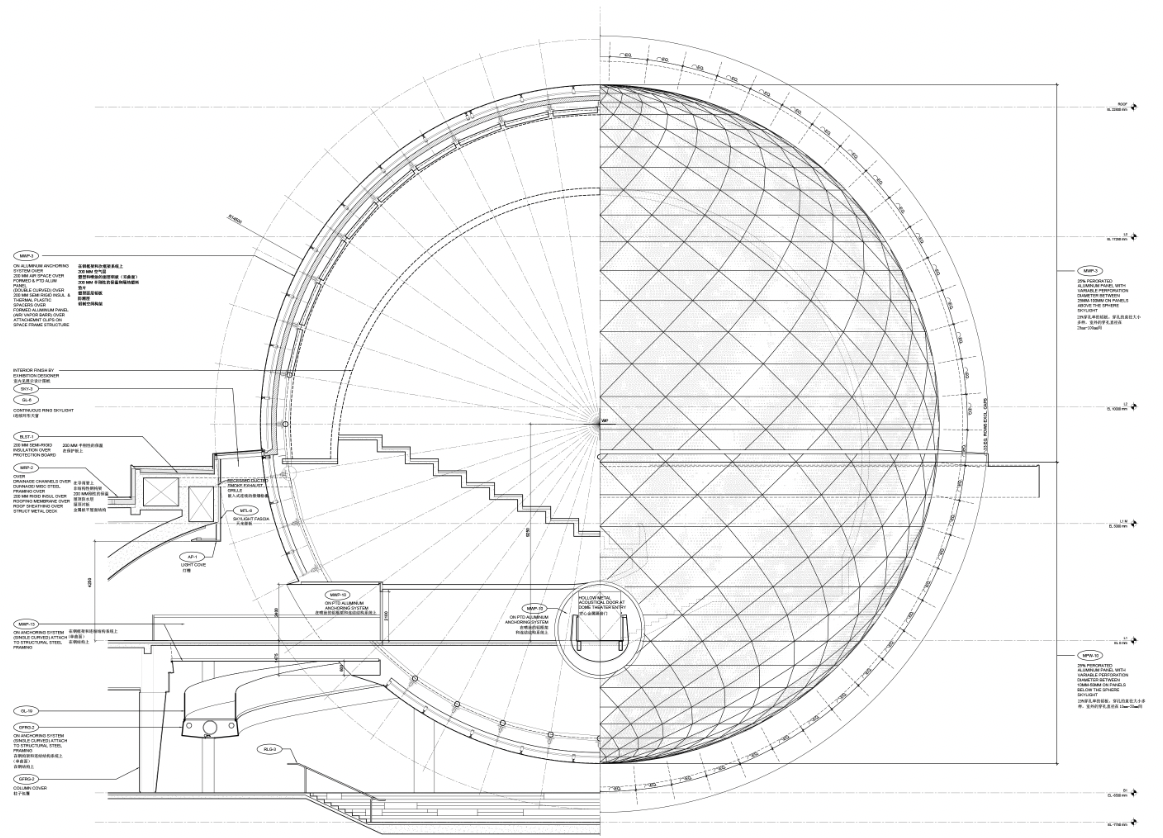

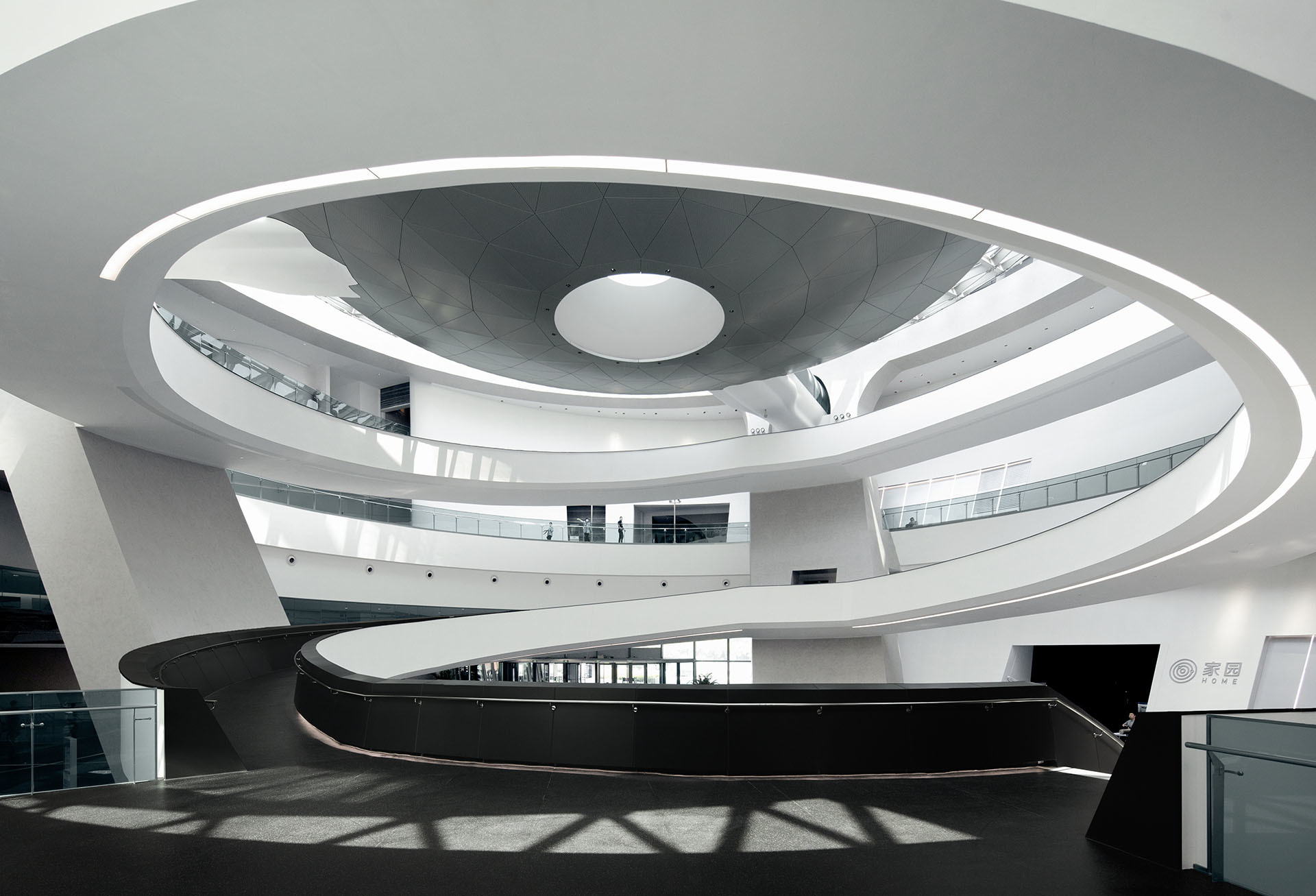
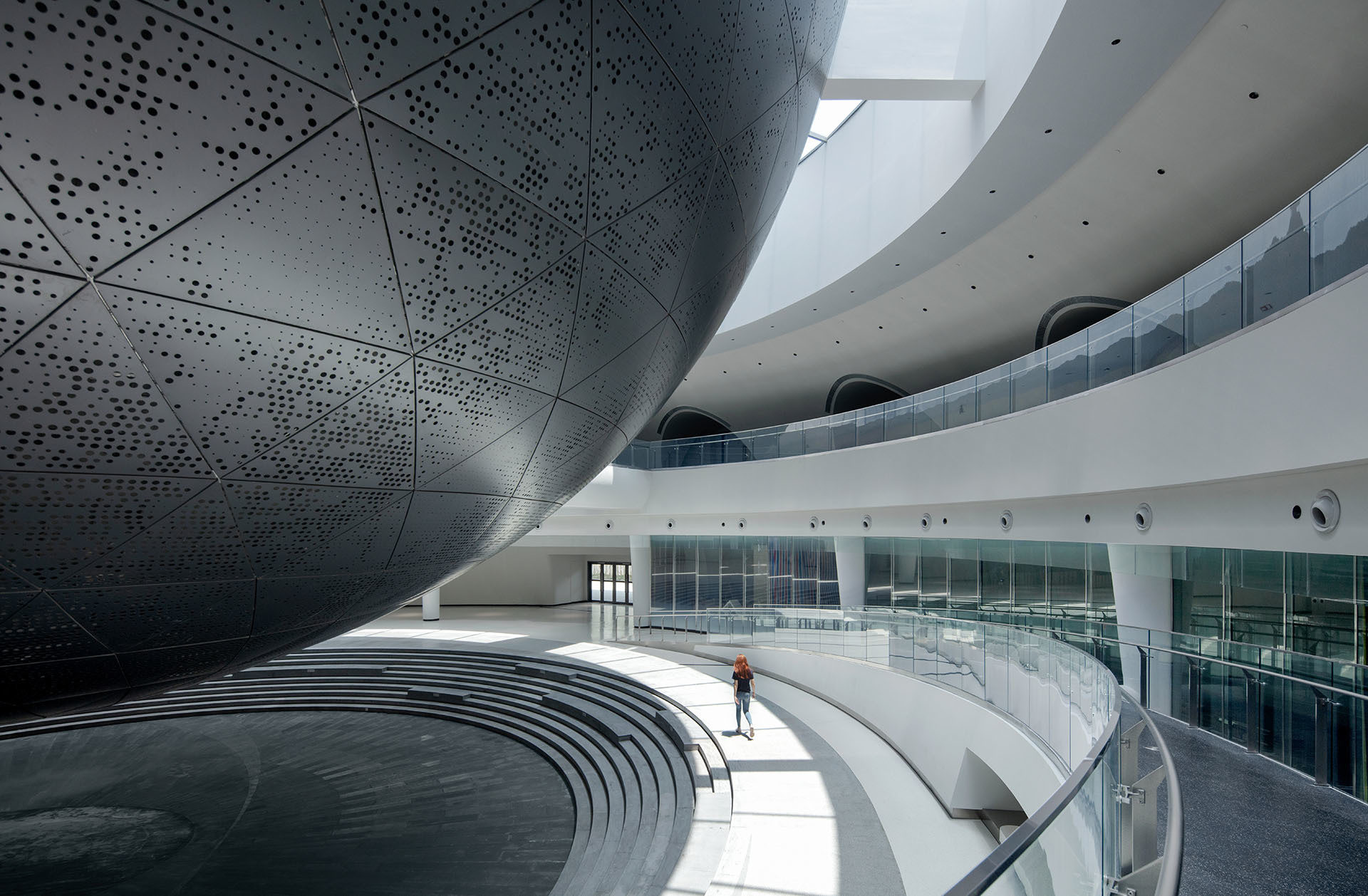
The building mass monumentally cantilevers to wrap the oculus forming the most extensive gallery on the second floor, simultaneously defining the entry plaza beneath. The fluidity of orbital motion permeates the design. The envelope gently peels inward to create areas of entry and seamlessly wraps into itself at other positions. The ramps and stairs swirl around the sphere, inverted dome, and oculus -the three core bodies of the project.
Visitors experience a variety of galleries of varying spatial configurations along circulation paths of orbital motion. Three concrete piers define the atrium of the museum. In addition to the spatial definition, the piers support a spiral ramp that guides visitor’s ascent within the museum to the observation platform in the inverted dome above. The observation platform, monumental concrete piers, glass access bridges, and the overhead glazing system of the inverted dome play an intricate, coordinated geometric game, with each organizational system harmoniously resolved with each other in a modular fashion.
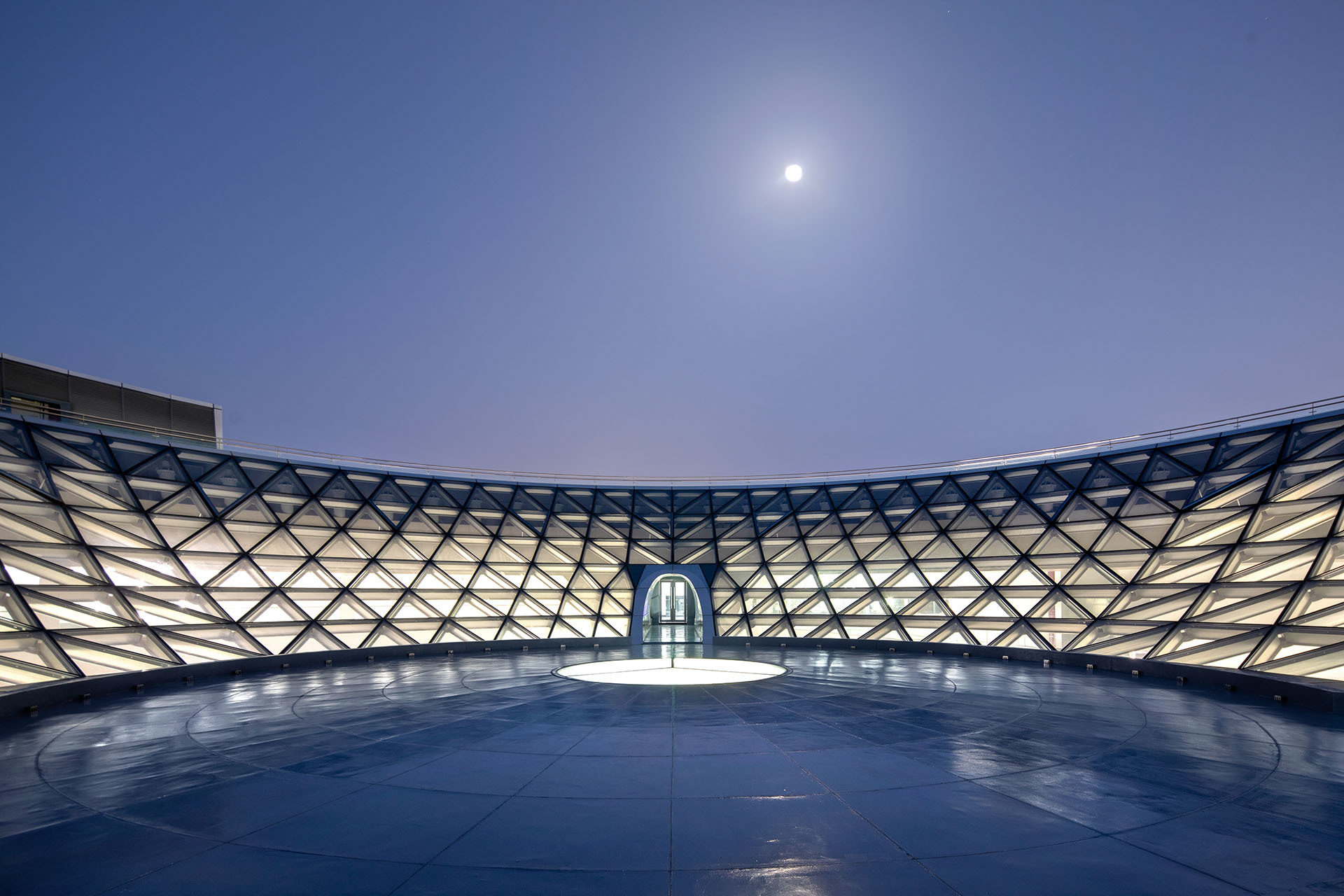
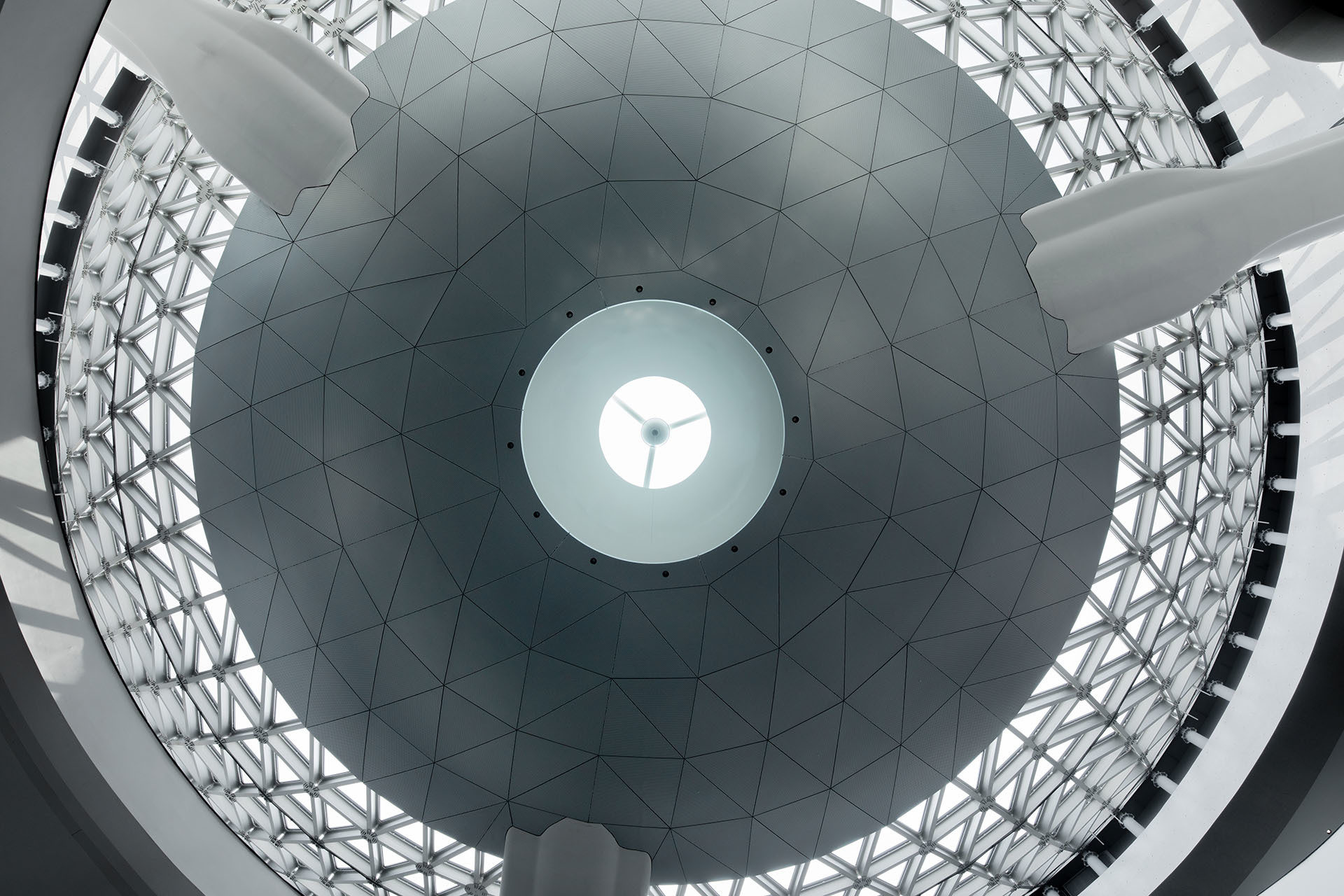
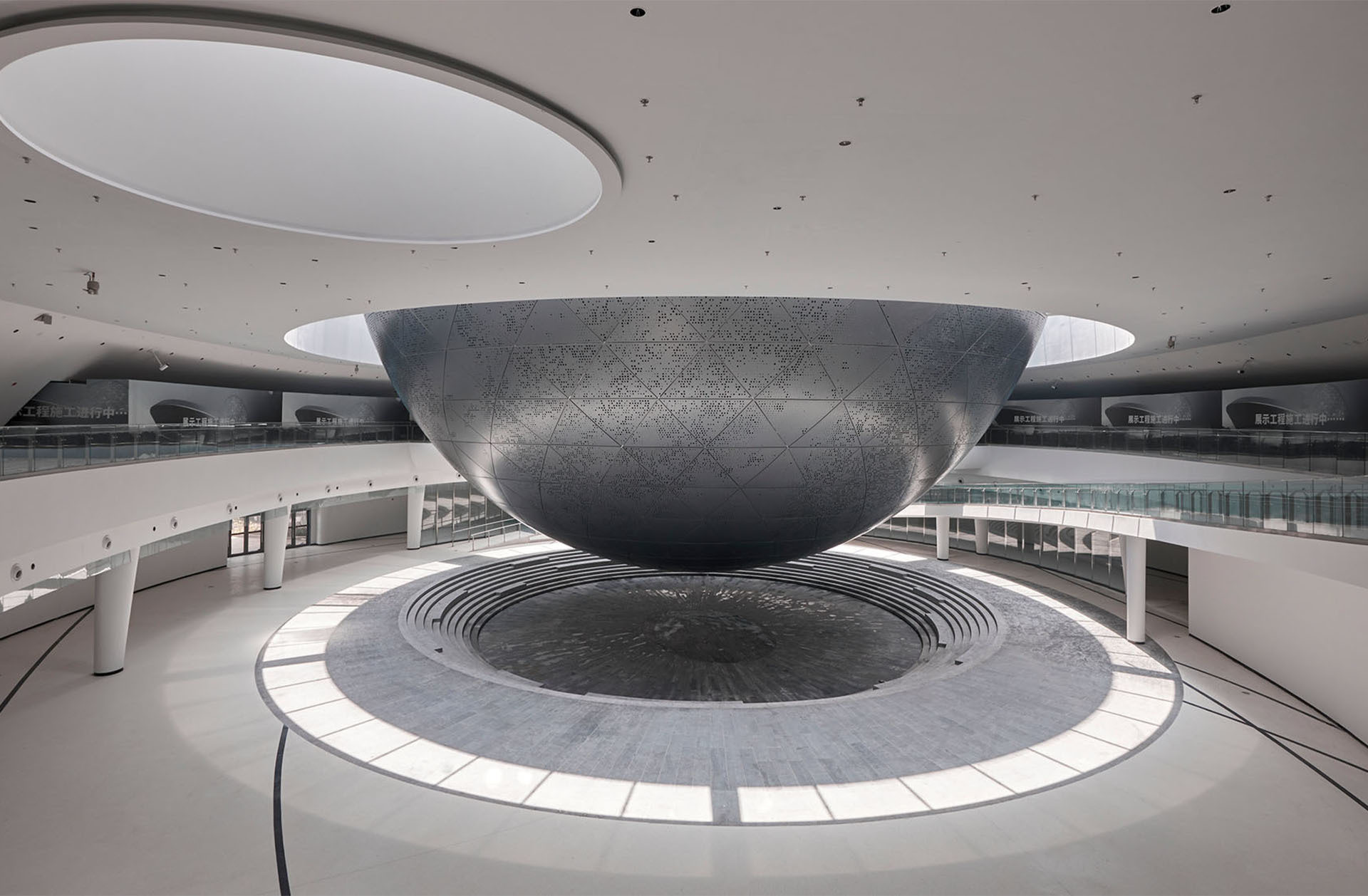


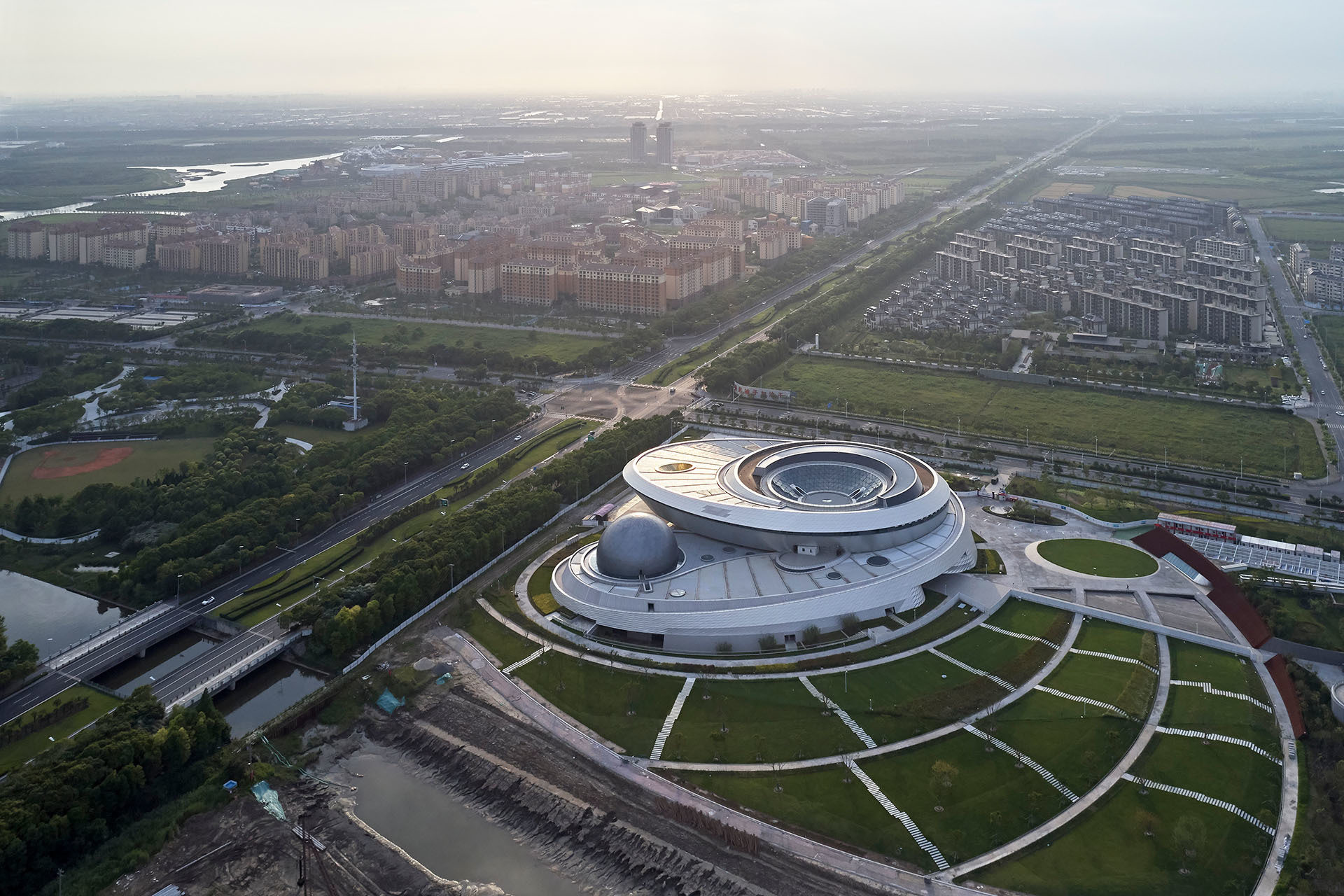
Notes about my role
I served as an Architectural & Computational Designer, specifically focused on the development of all building envelope systems. I led the management of the full building 3D modeling and documentation processes.
I served as an Architectural & Computational Designer, specifically focused on the development of all building envelope systems. I led the management of the full building 3D modeling and documentation processes.
Client
Shanghai Science & Technology Museum
Typology
Cultural
Location
Shanghai, China
Size
490,000 GSF
Timeline
2014 - 2021
Status
Built
Program
Permanent exhibit galleries, temporary exhibit galleries, digital sky theater, optical planetarium, IMAX theater, education and research center, solar telescope, youth observation camp, and observatory.
Shanghai Science & Technology Museum
Typology
Cultural
Location
Shanghai, China
Size
490,000 GSF
Timeline
2014 - 2021
Status
Built
Program
Permanent exhibit galleries, temporary exhibit galleries, digital sky theater, optical planetarium, IMAX theater, education and research center, solar telescope, youth observation camp, and observatory.
Michael Caton, RA, AIA, LEED AP BD+C, CDTP